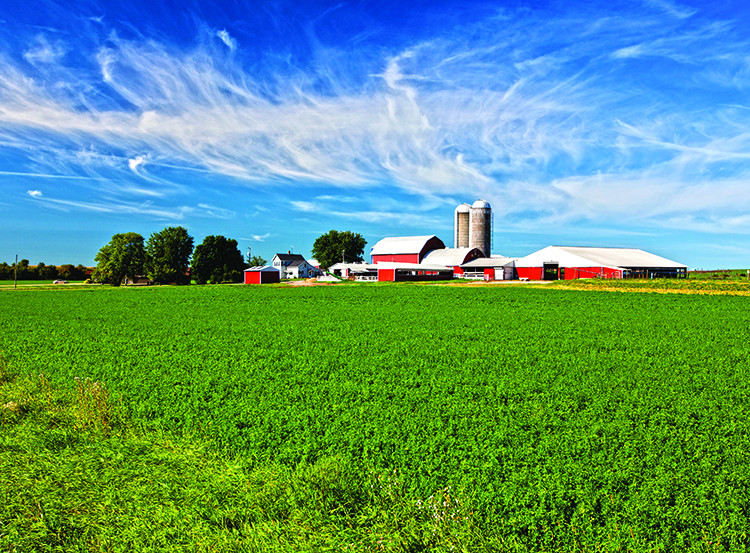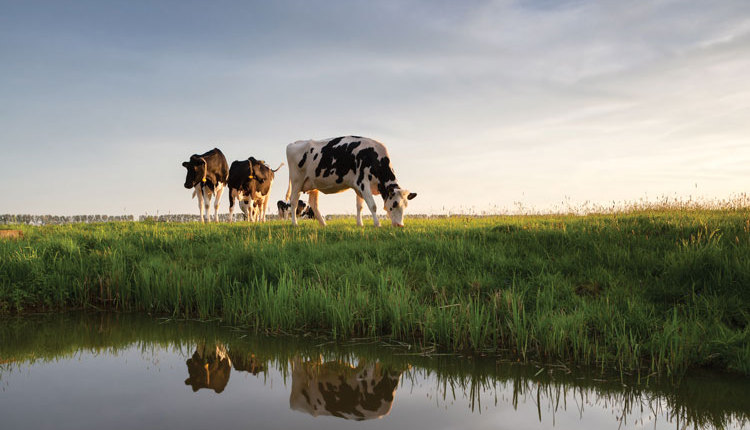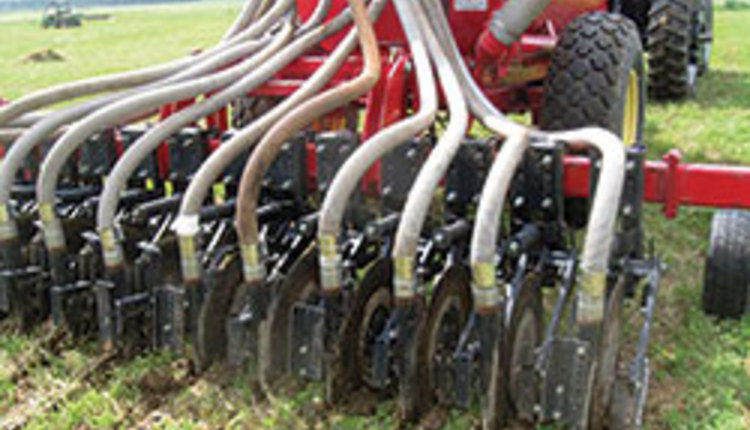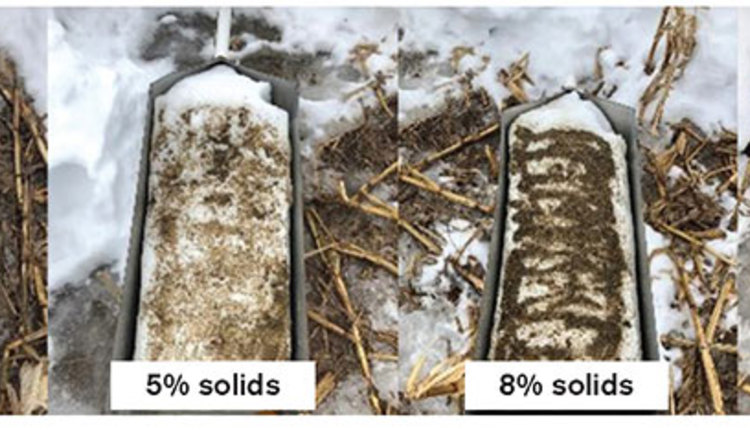The author is a research soil scientist for the Institute for Environmentally Integrated Dairy Management, USDA-Agriculture Research Service.

Making the most of on-farm nutrients always makes economic and environmental sense. A good working knowledge of nutrient management and farm nutrient mass balances can help producers improve efficiency and farm profitability.
Both animals and crops require specific amounts and combinations of nutrients to support optimal productivity. Making the most of crop growing conditions while minimizing the likelihood of nutrient loss to the environment is a main goal of nutrient management. Nutrients fed or applied above biological optima is lost farm income and poses a potential water quality risk.
Find a balance
A field nutrient balance is an annual estimate of the amount of a given nutrient remaining after accounting for all sources (such as fertilizer, manure, soil, and the previous crop) and crop uptake. Field nutrient balances are routinely calculated for nitrogen (N), phosphorus (P), and potassium (K) and help gauge purchased fertilizer needs, develop cropping enterprise budgets, and justify nutrient application rates. Like crop yield, field nutrient balances vary annually depending on weather, soils, and agronomic practices.
Similar to a field nutrient balance, a whole farm nutrient mass balance is the difference between all nutrient inputs (purchased forage, fertilizer, and/or feedstuffs) and outputs (milk, meat, and crops or commodities sold off farm) scaled up to the whole farm. Purchased fertilizers and animal feedstuffs (including grains and other protein/energy sources) are often two of the largest nutrient imports and are the most expensive on dairy farms.
Nutrient mass balances reflect broad scale farm nutrient flows and are useful for highlighting potential animal feeding or cropping based nutrient inefficiencies.
Convert nutrients into milk
Quirine Kettering’s group at Cornell University has done extensive research on dairy farm nutrient mass balances in New York aimed at sustainable N, P, and K balances. Targets are designed with the goal of supporting high milk production but discourage nutrient enrichment that can lead to inefficiencies and environmental risk.
Combining milk production data with nutrient mass balance information provides an efficiency index for converting purchased farm nutrients into milk. Based on cropping and milk production data from well over 100 New York farms, the researchers developed “feasible” mass balance estimates for N, P, and K.
The feasible nutrient mass balance calculations were based on 75th percentile mass balance values across farms in addition to farm data and sustainable P balance calculations. Assuming 70% of forage crop nutrients are produced on the farm, no manure is exported off farm, and a total mixed ration P content of 4 grams per kilogram (0.4%) of dry matter, P excreted by animals is balanced by crop P removal at an animal density of 1,000 pounds per acre.
The data were used to establish N, P, and K nutrient balance thresholds on a per acre of tillable cropland and per hundredweight (cwt.) of milk (100 pounds of milk) basis to help farms evaluate their individual measures in relation to other farms’ milk production and nutrient balance data (see table).

It is suggested that farms maintain positive nutrient balances to offset inevitable losses. Long-term negative balances indicate nutrient limitation, whereas larger, positive balances indicate excessive nutrient importation and an opportunity to cut back on fertilizer and/or feedstuff purchases.
In addition, farms that have consistently large positive N and P balances may be more at risk of nutrient enrichment, particularly in the case of P. It is well-known that P accumulates in surface soils with repeated manure and fertilizer applications, particularly when P application rates exceed crop P removal.
Farms that are Concentrated Animal Feeding Operations (CAFOs) and farms receiving state or federal funding must assess P loss potential on all fields using a P site index. Fields with high soil test P and/or other features that elevate P loss potential (such as high erosion or flooding) and increase P site index scores can eventually limit the amount and timing of the manure application these fields can receive. In many states, manure application or P of any kind is not permitted once a certain P site index threshold value is exceeded, thus limiting the amount of crop acreage that can receive manure.
An important aspect of this Cornell research was that farms with larger positive balances were able to reduce nutrient balances without compromising milk production or crop yields. It was also clear that producing a larger amount of feed on-farm tended to help maintain feasible balances.
Must be measured
Precision feed management is a term used by nutritionists to convey the idea of meeting the animal’s nutritive needs based on physiology and different growth or lactational stages without overfeeding to optimize production. Similarly, precision nutrient management aims to provide nutrients to crops when needed most to minimize losses and increase efficiency.
Precision nutrient approaches require routine and repeated forage, manure, and soil testing in addition to accurate crop and farm records. Guessing is not good enough given the tight profit margins and uncertain prices these days. Good management requires measurements. Nutrient mass balances are another tool available to help producers evaluate options for increasing farm efficiency and reducing their potential environmental footprint.
This article appeared in the May 2021 issue of Journal of Nutrient Management on page 10-11.
Not a subscriber? Click to get the print magazine.








